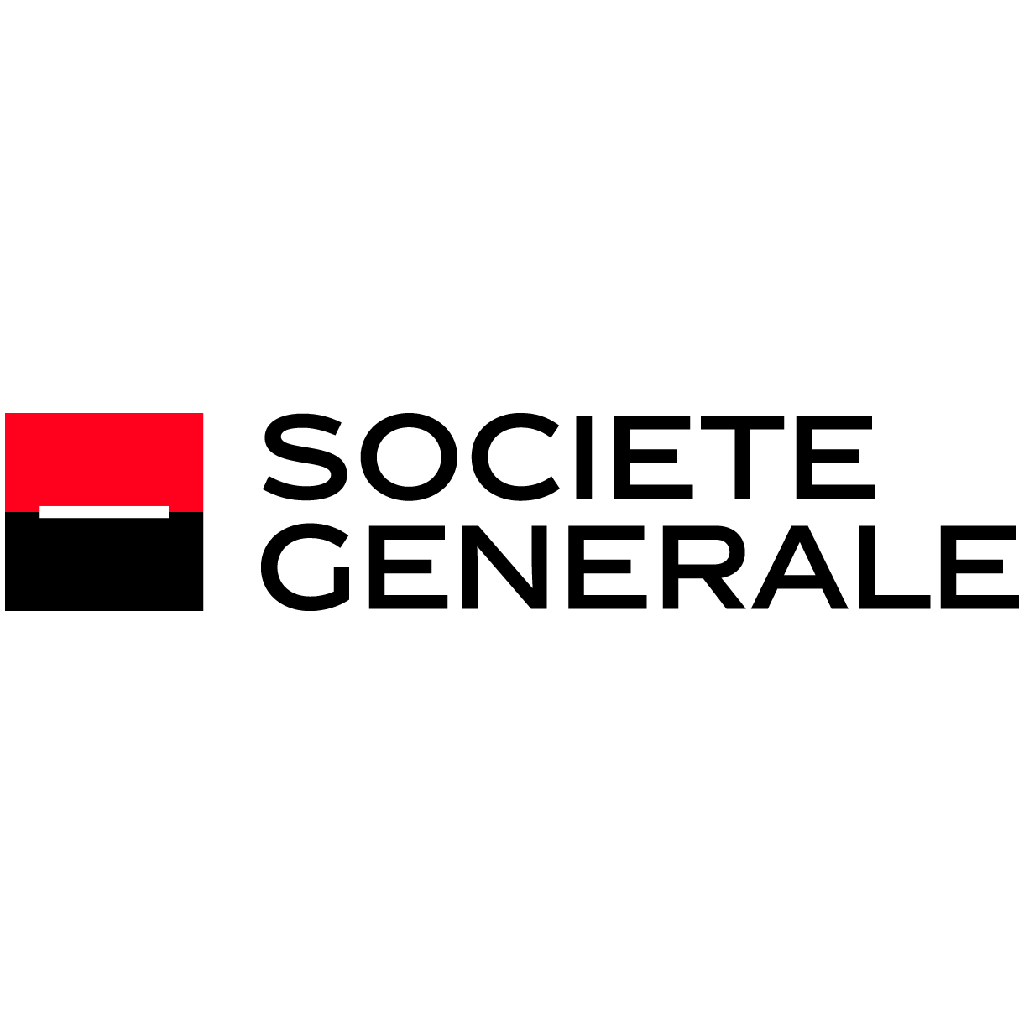
SG29 Haussmann
SG 29 Haussmann is the management company dedicated to Société Générale’s clients, such as Retail, Private Banking and institutional clients in France. They joined the Net Zero Asset Managers Initiative in June 2022 and made its Initial Target Disclosure in October 2023.
Percentage of assets covered by the Net Zero Asset Managers Commitment Statement
25% of total AUM (USD $6.4 billion)
Information on interim target(s) covering the proportion of assets to be managed in line with net zero
Baseline(s):
Portfolio coverage baseline
NZIF Portfolio Coverage Target
As of December 2019, the AUM in material sectors can be split into the different alignment categories:
Net Zero: 10,53%
Aligned: 63,86%
Committed to aligning: 17,45%
Ambition: 2,44%
Not Aligned: 5,72%
The high impact sector list is the NACE one defined as such in the NZI Framework i.e. sectors A, B, C, D, E, F, G, H, J and L.
Portfolio decarbonisation reference baseline
176 tCO2e/ $mn
Engagement threshold baseline
Financed emissions under engagement:
As of december 2022, the AUM in material sectors can be split into the different alignment categories:
Net Zero: 17,32%
Aligned: 69,29%
Committed to aligning: 11,31%
Ambition: 0,10%
Not Aligned: 1,98%
The high impact sector list is the NACE one defined as such in the NZI Framework i.e. sectors A, B, C, D, E, F, G, H, J and L.
Portfolio coverage baseline
SBTi Portfolio Coverage Approach
As of December 2019, around 5% of corporate issuers in our portfolio had set a Science-Based Target.
Target(s):
Portfolio coverage target
NZIF Portfolio Coverage Target
100% of AuM in materials sectors is considered net zero, aligned or aligning by 2030
Portfolio decarbonisation reference target
SG 29 Haussmann has committed to reduce its carbon intensity by 50% by 2030
This commitment covers Article 8 and 9 funds, internal funds as well as mandates invested in stocks and bonds
Engagement threshold target
2030
16 companies are subject to direct engagement (and some of them collective as well), and 5 other companies are subject to collective engagement (through CA100+ and French initiative, Institut de la Finance Durable), with a focus on energy and utilities sector. We also participate annually to the Non-Disclosure Campaign of CDP which can reach to more than 100 companies. In total, this represents 26% of financed emissions in material sectors.
Portfolio coverage target
SBTi Portfolio Coverage Approach
75% of portfolio companies with a science-based target approved. This applies to companies whose sector has an SBTi methodology.
GHG scopes included:
Only scope 1 and 2 are included in our portfolio carbon intensity metrics. The scope 3 emissions are covered for material sectors in our NZIF analysis grid, when considering the quality of the climate disclosure and the coverage of the corporate targets set up. We are currently working on the integration of Scope 3 emissions for portfolio carbon intensity metric.
Methodology:
Net Zero Investment Framework
Science Based Target initiative for Financial Institutions
Scenario(s):
Our targets are derived from the IPCC’s P2 scenario, which defines a decarbonisation trajectory aimed at limiting the rise in average temperature to 1.5°C by 2100.
This scenario implies that net global GHG emissions peak between 2020 and at the latest before 2025, decrease by 45% by 2030 compared to 2019, and be equal to zero in 2050.
Additional information
Proportion of AUM committed:
The proportion of AUM covered by our net zero commitment is of 25%. Our asset under management includes external funds for which we do not have as of now details on Net Zero commitments, government bonds for which we have not developed as of now any ESG proprietary methodology, as well as some residual cash positions.
We will implement actions to increase that proportion over time by working with our fund analysis teams to collect information on carbon neutral pledges by external fund managers. We will also consider the development of an ESG methodology for sovereigns.
Policy on coal and other fossil fuel investments:
The current policies are based on exclusion and we complete this approach by shareholder engagement. Through shareholder dialogue, we systematically question companies on the science-based methodology they adopt for their climate trajectory.